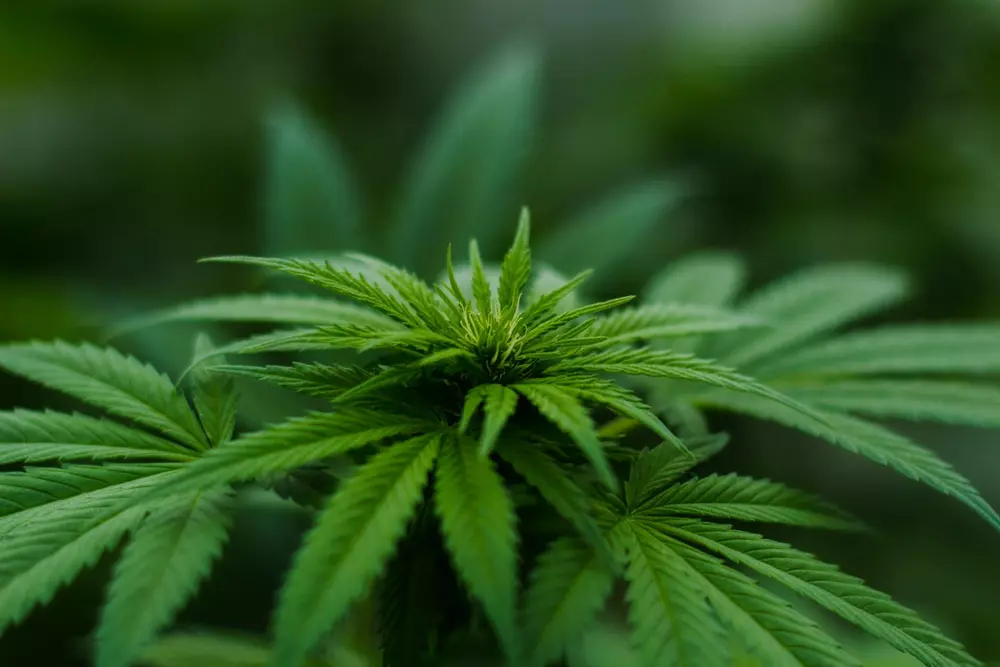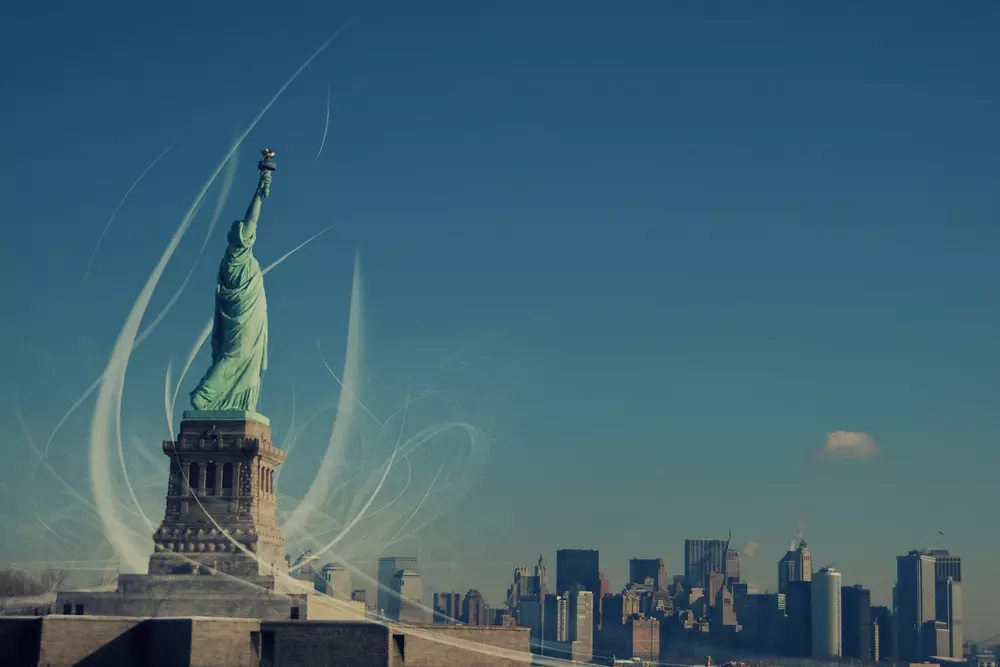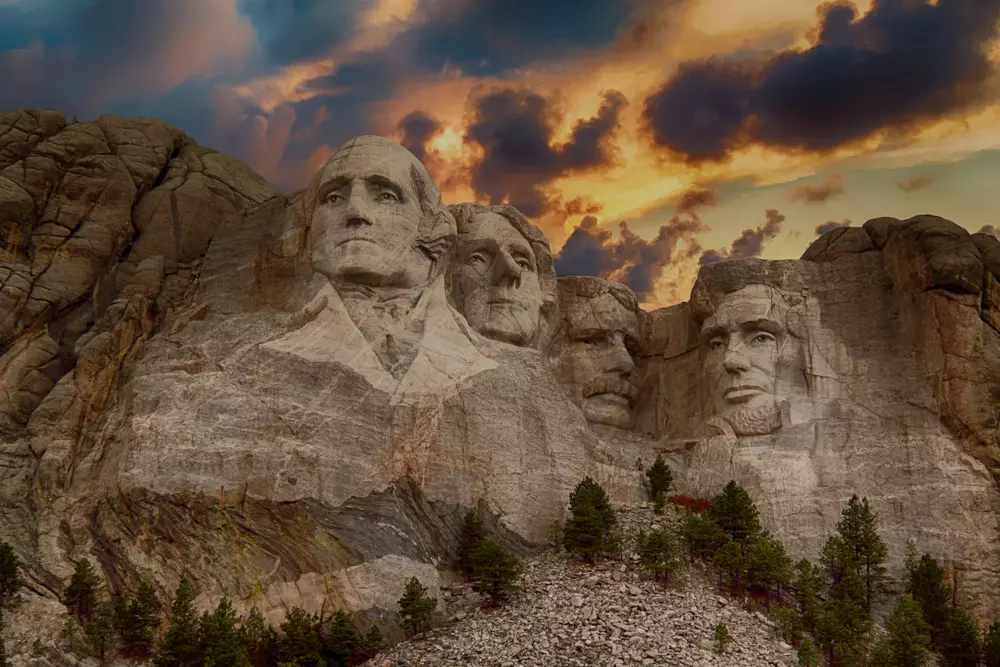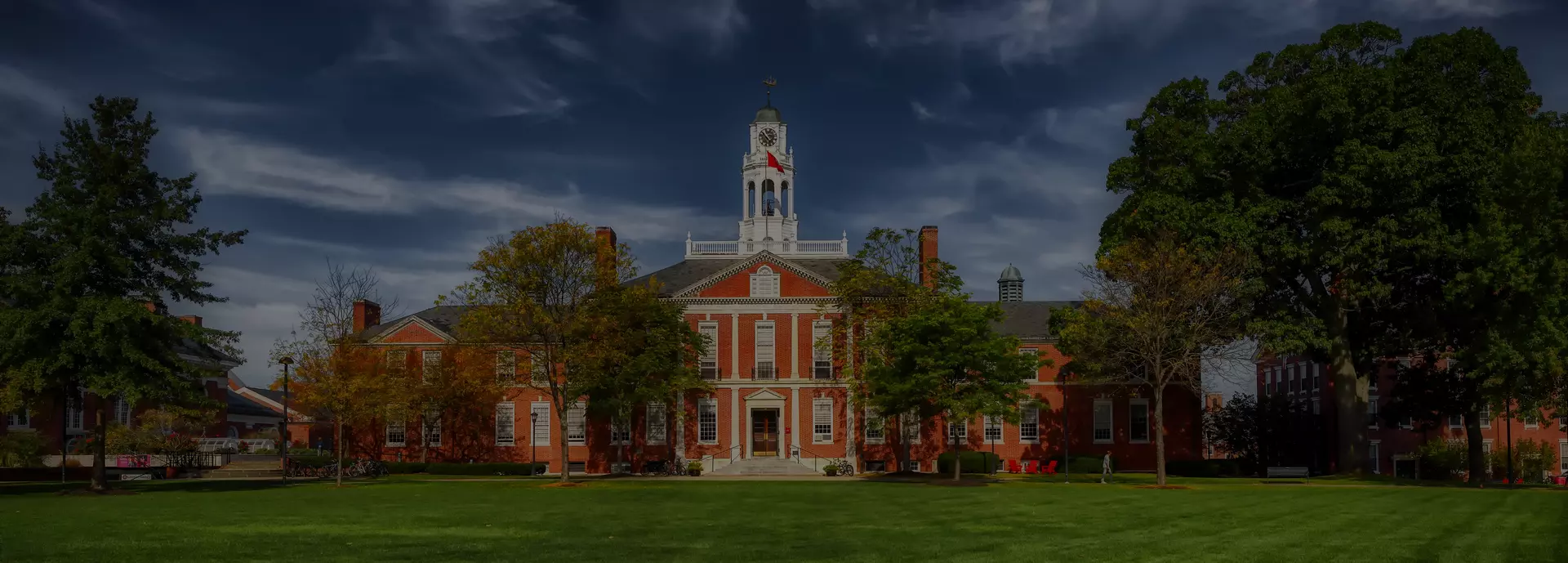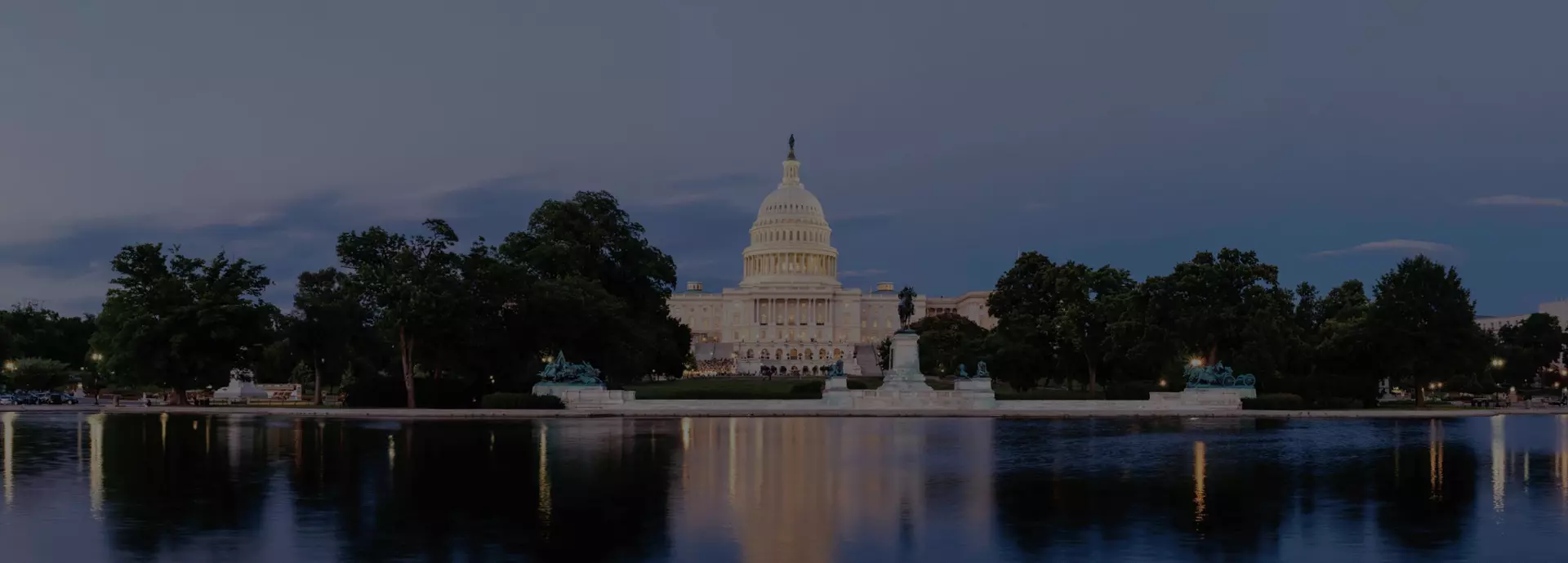Just a bad habit?
Smoking has never been this difficult! Welcome to the USA! With the legalization of marijuana, many assume you can smoke anything, anywhere, anytime in America. Not quite! Not only does each state have its own rules, but federal restrictions make life even harder for smokers.
Light up at home? You could be evicted. Smoke in a park? Get fined. Trigger a fire suppression system? You might as well sell yourself into indentured servitude — those fines are no joke.
Smoking is one of those harmful habits that originally spread around the world from the U.S. itself. But modern Americans are surprisingly intolerant of it today. How did this cultural shift happen? Let’s find out.
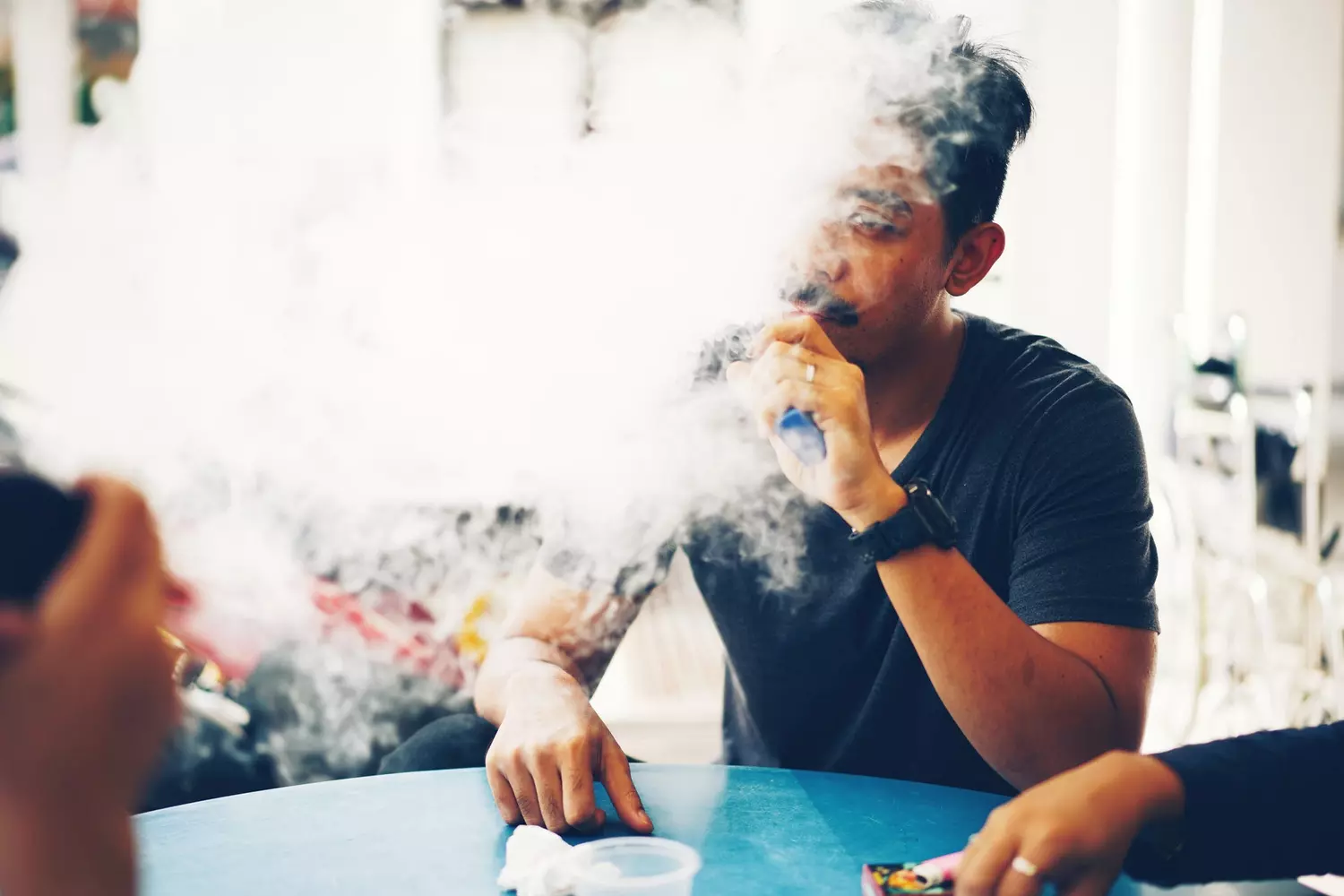
Who’s Smoking What in the USA?
Most smokers in the U.S. fall into three categories:
- Cigarette smokers — things have gotten tough for them, and we’ll explain why in just a moment;
- Cigar lovers — an expensive and niche habit, not for everyone;
- “Herbal” smokers — those who didn’t care before and still don’t now.
The last group now vastly outnumbers the others. Tobacco smoking has dropped significantly since the 1990s — thanks in large part to health associations and public awareness campaigns.
How the U.S. Government Took on Smoking
- In the 1960s, nearly 50% of American adults smoked.
- In the 1990s, massive anti-smoking campaigns began nationwide.
- Today, only about 12% of Americans smoke — a historic low.
The U.S. has implemented some of the world’s strongest campaigns against lung cancer. Talk shows, influencers, and pharmaceutical companies all pitched in to spread awareness about the dangers of smoking, its long-term effects, and the risks of secondhand smoke.
At the same time, cigarette and cigar prices skyrocketed. A low-end pack of cigarettes now costs $7–9, tobacco products were pushed into separate rooms or remote corners of major supermarkets, and buying them without valid ID is impossible.
These measures have had a significant impact. Today, the percentage of smokers in the U.S. is nearly half that of Russia. And while the rise of legalized marijuana may seem ironic in this context, the statistics show a steady decline in smoking-related illnesses and cancer diagnoses.
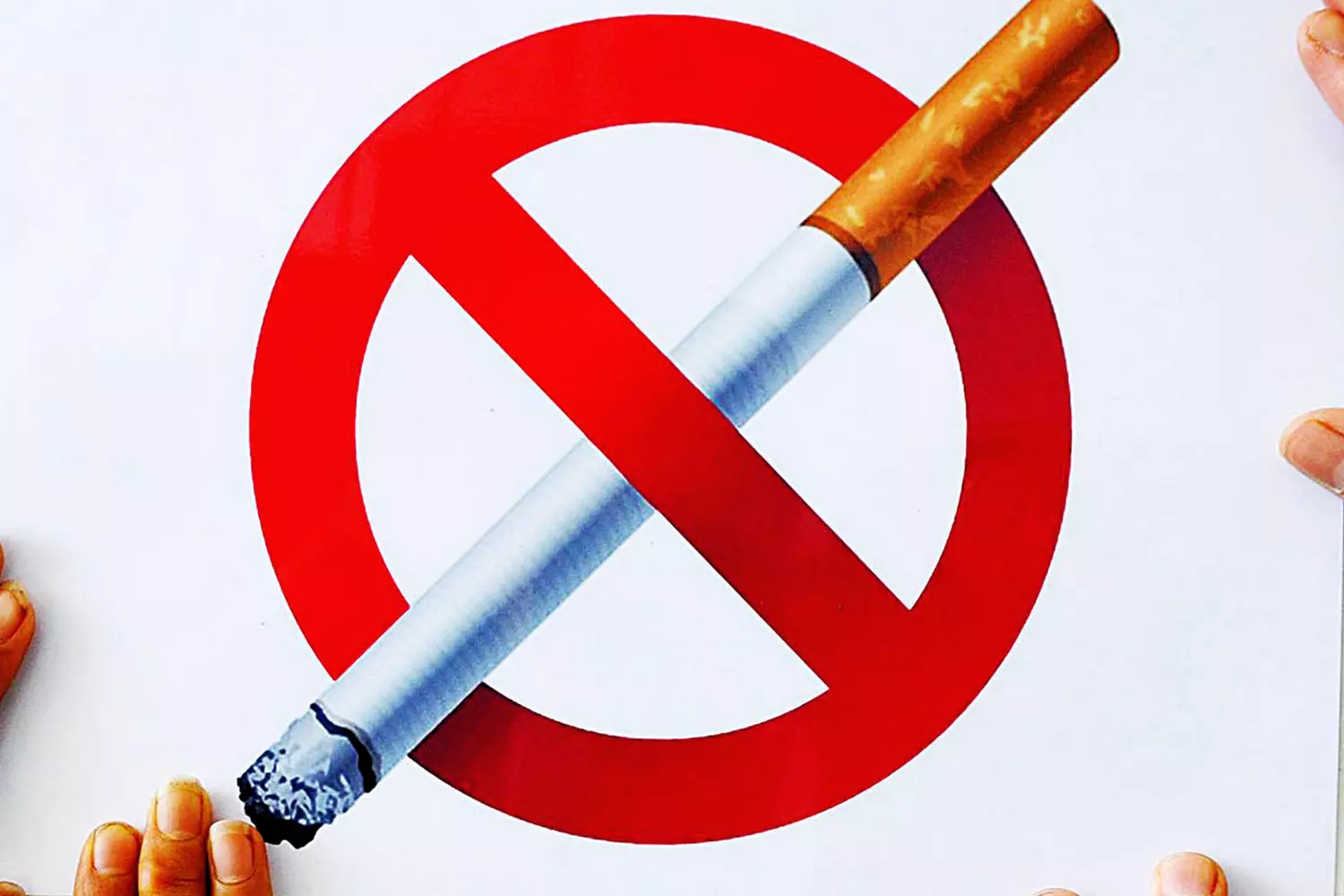
Smoking Regulations and Restrictions
In 2017, new regulations introduced under President Obama’s administration came into effect, tightening control over public smoking. The following areas were placed under a strict ban:
- Residential buildings — Smoking is prohibited on balconies, in stairwells, rooftops, basements, hallways, and underground parking garages of multi-unit residential complexes.
- Building entrances — Smoking areas must be located at least 25 feet (7.6 meters) away from any entrance.
- Public spaces — Smoking is banned in cafes, restaurants, bars, public restrooms, and parks.
Smoking is probably the only addiction the government genuinely doesn't want to monetize. It truly wants you to quit."From the CDC speech
Regulation and smoking rules
Technically, the regulations ban all forms of smoking, but in reality, the restrictions primarily affect cigarettes and cigars. Those who roll up and light various herbs tend to be overlooked by the police — unless they’re smoking marijuana around children or in the middle of a crowded street where it simply can’t be ignored.
These laws have sparked debate among politicians. Many opposed banning smoking inside private apartments, arguing it was an invasion of privacy and a potential violation of the Constitution. Others saw it as a form of discrimination, since the only people still able to smoke freely were those who owned private homes — in other words, the wealthy. And yet, this wasn’t even the most controversial part of the discussion.
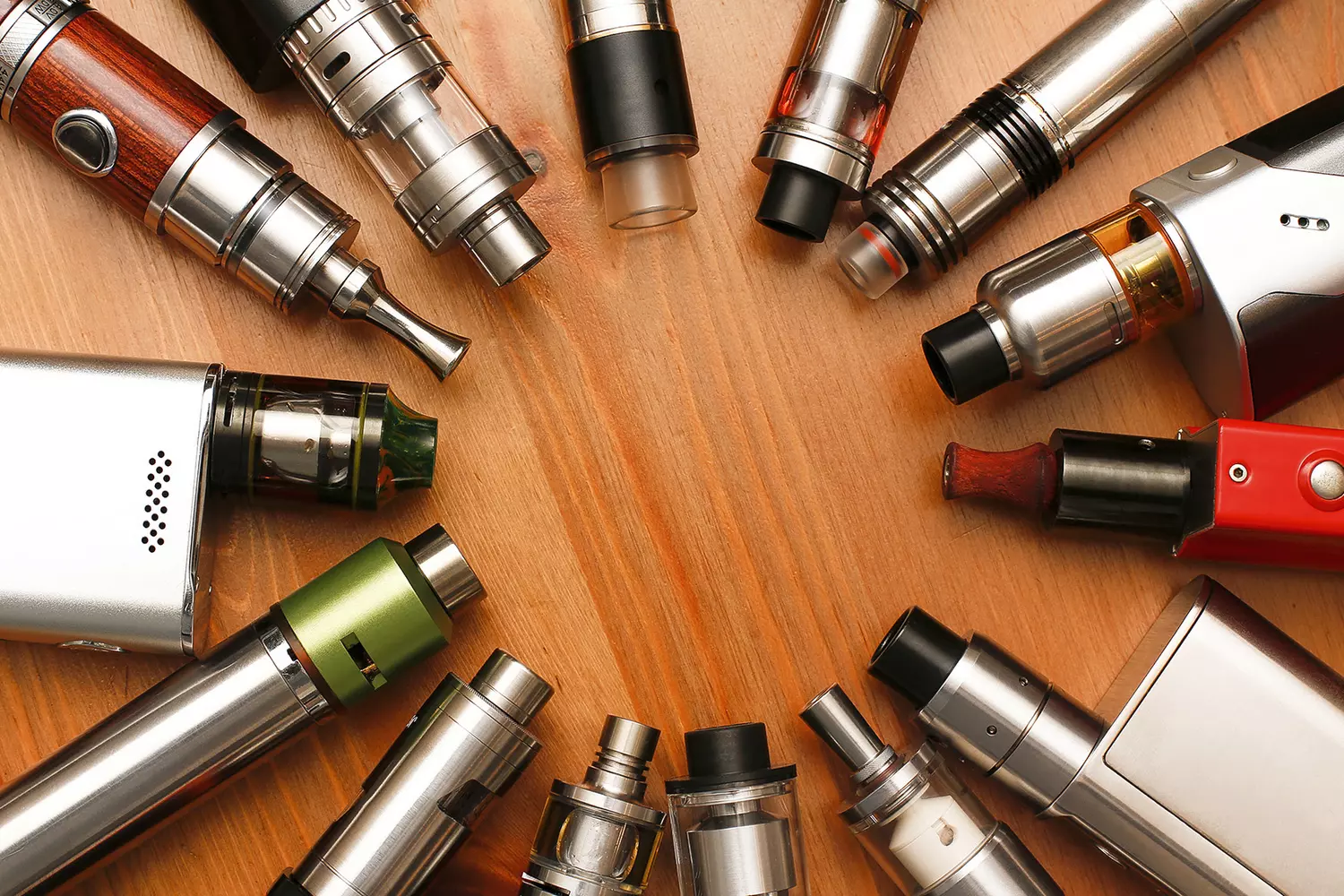
Vaping: The Loophole That Backfired
Anti-smoking regulations in the U.S. have largely ignored one thing — electronic cigarettes with nicotine cartridges. As a result, nearly all smoking has been banned… except for e-cigarettes. Here’s why that legal gap might be more harmful than helpful:
- 01. Unclear long-term health impact
The effects of vaping on the human body are still not fully understood. Early research suggests it may be more harmful than expected. Since nicotine cartridges are reusable, users tend to lose track of dosage, leading to stronger addiction over time. - 02. Respiratory health risks
The vapor and increased humidity in the mouth and nasal passages can promote fungal infections and worsen existing respiratory conditions. - 03. Secondhand effects are under-researched
Although marketed as safe for bystanders, passive exposure to vape aerosols has led to allergic reactions in some people — particularly due to artificial flavorings. - 04. Device malfunctions and explosions
There have been several reported incidents where vape devices exploded due to faulty heating elements. If it happens close to the face, the injuries can be serious or even disfiguring.
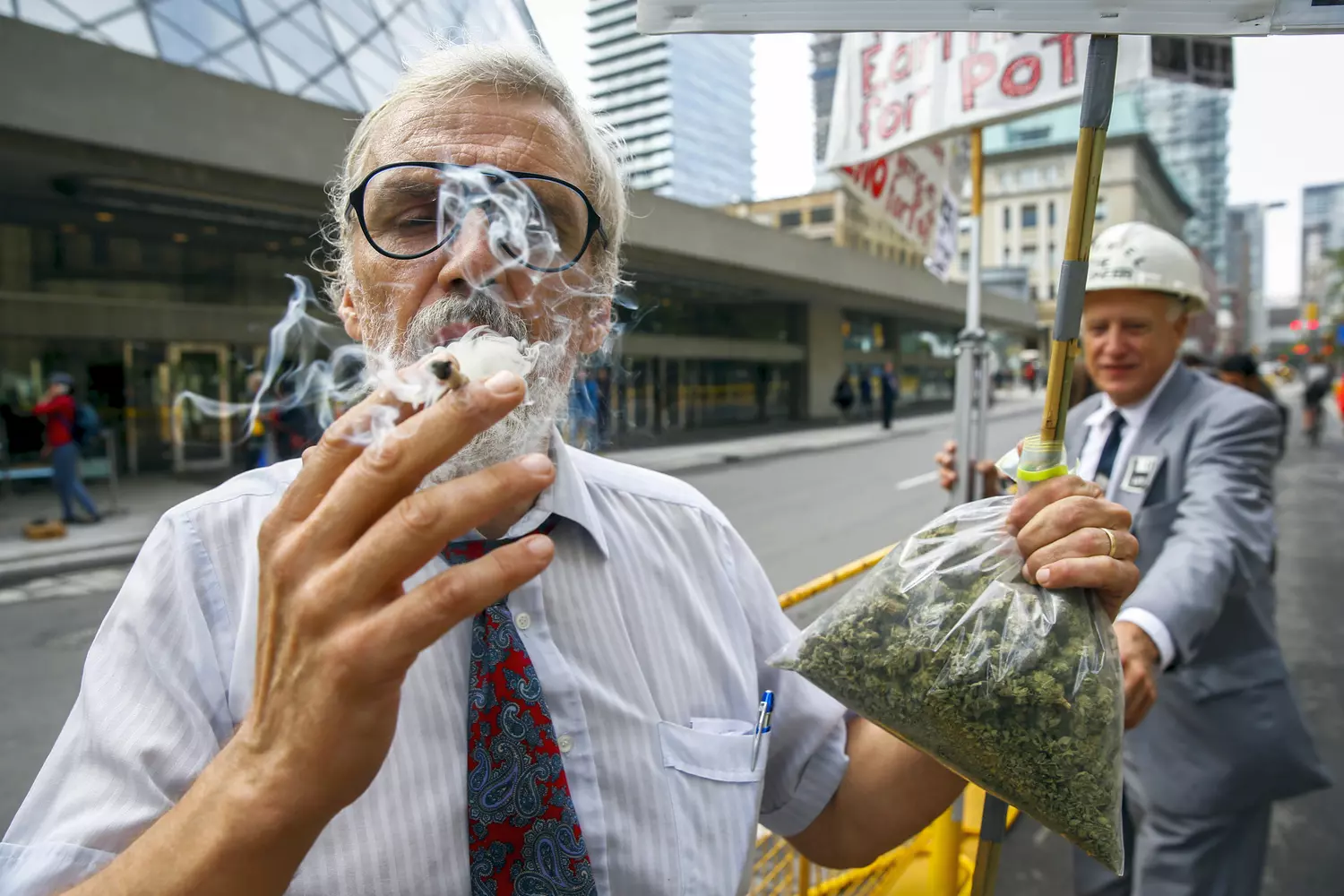
Business Response: A Losing Battle
Beyond the losses faced by the tobacco industry, the crackdown on smoking instantly crippled another sector — air purification system manufacturers.
These companies even staged protests, rallying outraged smokers and urging the government to fund home and industrial air purifiers instead of banning smoking altogether. The logic? Clean the air rather than punish the habit — a move they argued would protect public health and boost the economy. But the idea fell flat.
Interesting fact:
In 2022, more than 1,000 U.S.-based companies that produced residential and commercial air purifiers filed for bankruptcy — the direct result of declining smoker numbers and tougher indoor smoking laws.
This “rational” business proposition found little support. Neither the government nor the public bought into the idea of adjusting society to accommodate a harmful addiction. Instead, public health took priority. Smokers were left with two options: give it up, or retreat further from public spaces to enjoy their vice alone.
Despite protests, lobbying efforts, and official appeals to the U.S. Congress, the smoke-clearing industry made little progress. Taxpayer dollars aren’t being spent on ventilating bad habits. Today, the wellness trend continues to rise — Americans are choosing fresh air, morning yoga, local markets, and outdoor runs over a pack of cigarettes.
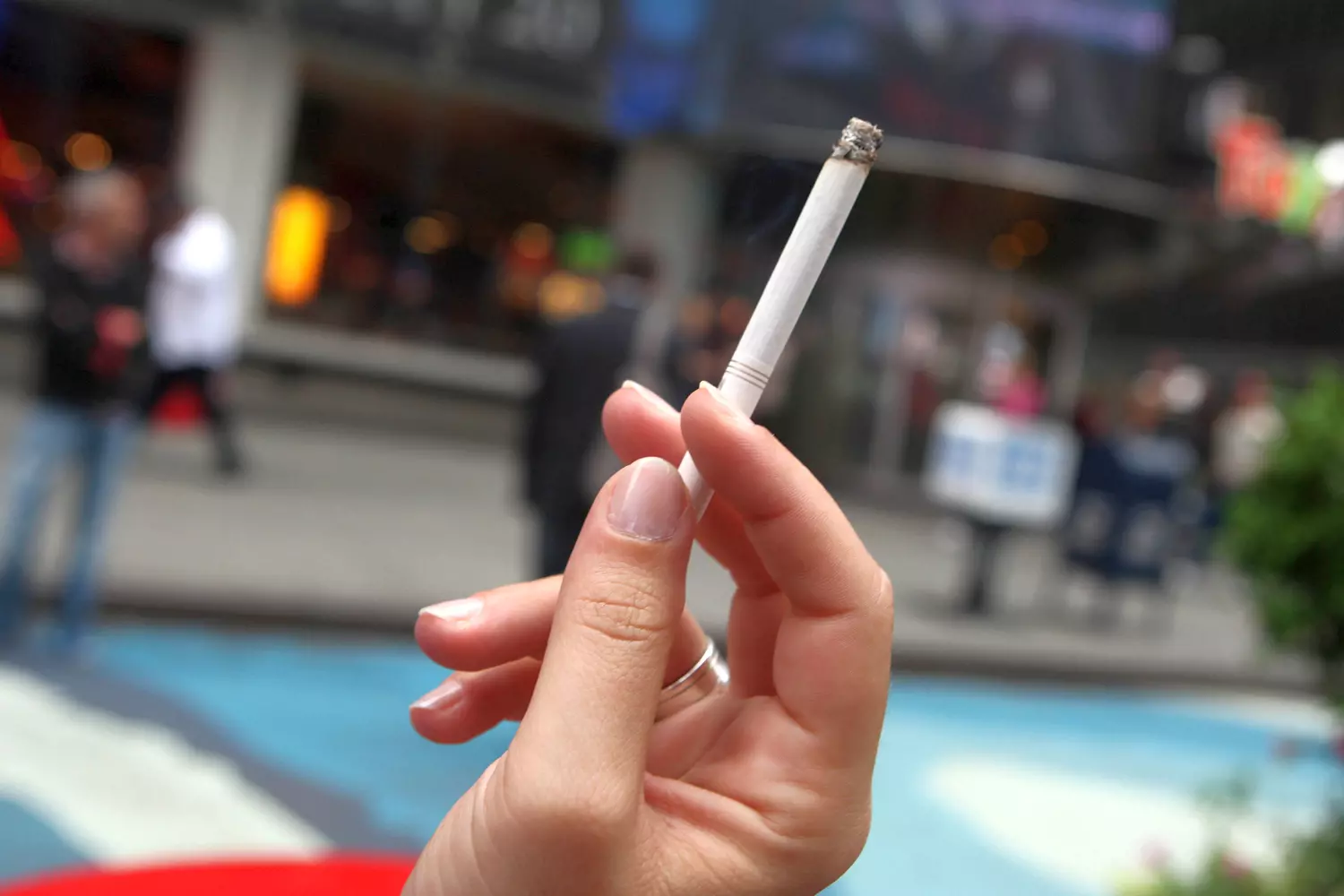
What If You Still Want to Smoke?
Nicotinic addiction doesn’t care about laws — if you crave a cigarette, you’ll crave it regardless of regulations. So the challenge remains: how do smokers cope in a smoke-unfriendly America?
The boldest simply ignore the rules and light up in apartment buildings. But this luxury only lasts until the first complaint. If neighbors report the smell, the landlord is legally obligated to begin eviction procedures within 90 days, and the police will likely issue a hefty fine.
Others turn to electronic cigarettes, but that’s still a gamble — legally and health-wise.
If you smoke and plan to visit or move to the U.S., here are a few realistic options:
- Use designated smoking areas — they’re usually marked by street signs or signage;
- Try nicotine replacement therapy — patches, sprays, lozenges (all widely available and effective in the U.S.);
- Consider quitting entirely — and start before your trip.
Quitting is the most effective — and cost-efficient — option. But you’ll only appreciate that after tallying the price of cigarettes and the stress of chasing down every rare, ventilated corner where smoking is still allowed.
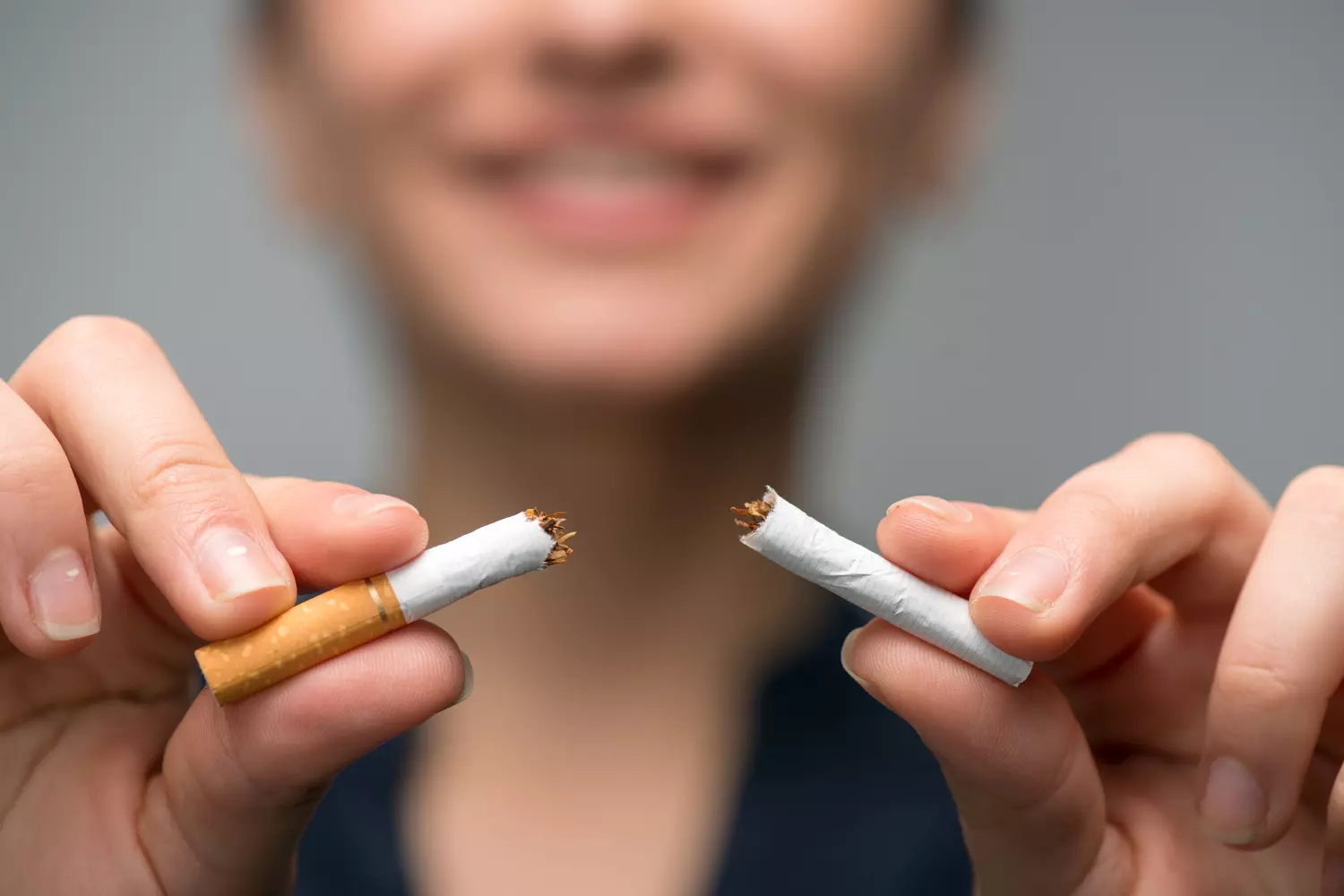
The fewer bad habits — the easier life becomes. At American Butler, we fully support that idea. Why deal with restrictions and damage your health when you can spend that time and money on traveling across the U.S. instead?
We’re always here and ready to help. Reach out anytime — we’re just a message away!














